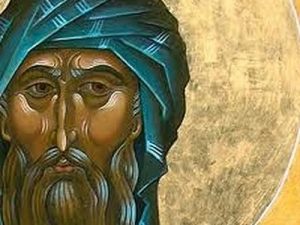 [be sure to watch the video linked below]
[be sure to watch the video linked below]
Why is the Seventh Ecumenical Council important to Christians? Is the consideration of the Council relevant to us today? This council was held in Nicaea, Asia Minor in AD 787 under the presidency of Empress Irene and history tells us that 367 bishops were present. It is also called Second Council of Nicaea.
The Iconoclast Controversy: The very heated debated centered around the use of icons in the Church and the controversy between the iconoclasts and iconophiles. The Iconoclasts (“icon-smashers”), started by the Emperor Leo III, were suspicious of religious art especially sacred art that depicted Trinity, saints, biblical acts, and humans; they demanded that the Church rid itself of such art and that it be destroyed or broken (as the term “iconoclast” implies). Philosophically, the Iconoclasts were very likely influenced by the Jewish and Muslim thinking that prohibits the creation and use of sacred images. For them, the fear was idolatry —the worship of things over the worship of God. And we ought to avoid wrong and false worship.
The controversy over images spilled over into matters concerning what it means to say (1) that Jesus is the “image of the Father,” the Second Person of the Blessed Trinity,” and that we are redeemed. we are “persons”; and (2) that man and woman are persons (not mere individuals). Curiously, we are still fighting many of these issues in 2017.
The Church’s response: The people who love icons (“iconophilles”) believed that icons served to preserve the doctrinal teachings of the Church; they considered icons to be man’s dynamic way of expressing the divine through art and beauty. Iconophilles remind us that idolatry is wrong, and false. The veneration of icons is not false worship but images are not the problem. There is a difference between worship and veneration. We worship God (Father, Son, Holy Spirit) the creator of all things. We venerate (give honor to) the Cross, the saints, the Bible because these things and people are connected to Jesus Christ.
The Iconoclast controversy was a form of Monophysitism: distrust and downgrading of the human side of the Son of God.
Saint John of Damascus taught in his First Treatise on the Divine Images: “I do not worship matter, I worship the fashioner of matter, who became matter for my sake and accepted to dwell in matter and through matter worked my salvation, and I will not cease from reverencing matter, through which my salvation was worked.”
For us, Saint John of Damascus gives us the theology by which we live the Christian life.
The Council’s Teaching: “We define that the holy icons, whether in color, mosaic, or some other material, should be exhibited in the holy churches of God, on the sacred vessels and liturgical vestments, on the walls, furnishings, and in houses and along the roads, namely the icons of our Lord God and Savior Jesus Christ, that of our Lady the Theotokos, those of the venerable angels and those of all saintly people. Whenever these representations are contemplated, they will cause those who look at them to commemorate and love their prototype. We define also that they should be kissed and that they are an object of veneration and honor, but not of real worship, which is reserved for Him, Who is the subject of our faith and is proper for the divine nature, … which is in effect transmitted to the prototype; he who venerates the icon, venerated in it the reality for which it stands.”
Watch this brief video on the veneration of icons.
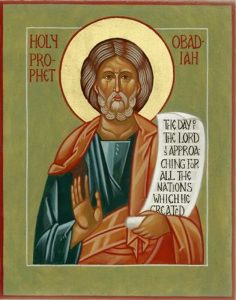 We know nothing certain about the life of the Prophet Obadiah. The Synaxarion [the lives of saints] identifies him with the servant of King Ahaz, who left to become a follower of Elijah, but that is not possible, since Obadiah’s prophecy was against Edom, pointing to a time after the exile. He is one of several prophets commemorated in the Phillip’s Fast, and verse 21 can be related to the coming of Jesus into the world: “And deliverers will ascend Mount Zion to rule Mount Esau, and the kingship shall be the Lord’s. (Obadiah 21)”
We know nothing certain about the life of the Prophet Obadiah. The Synaxarion [the lives of saints] identifies him with the servant of King Ahaz, who left to become a follower of Elijah, but that is not possible, since Obadiah’s prophecy was against Edom, pointing to a time after the exile. He is one of several prophets commemorated in the Phillip’s Fast, and verse 21 can be related to the coming of Jesus into the world: “And deliverers will ascend Mount Zion to rule Mount Esau, and the kingship shall be the Lord’s. (Obadiah 21)”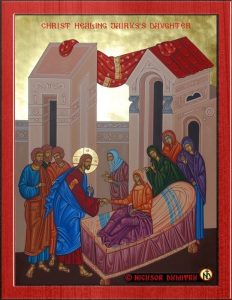 Healing upon Healing
Healing upon Healing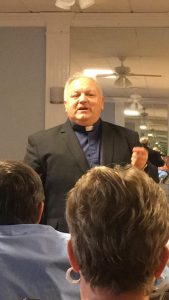 Father Ivan Kaszcak, PhD, presenting on Soter Stephen Ortynsky (1866-1916), first bishop of Ukrainian Greek Catholics in the USA beginning when he received jurisdiction on 3 January 1913.
Father Ivan Kaszcak, PhD, presenting on Soter Stephen Ortynsky (1866-1916), first bishop of Ukrainian Greek Catholics in the USA beginning when he received jurisdiction on 3 January 1913. [be sure to watch the video linked below]
[be sure to watch the video linked below]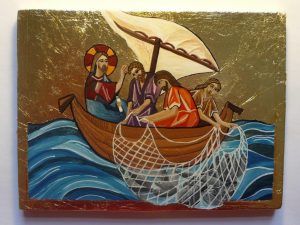 2 Corinthians 6:1-10; Luke 5:1-11
2 Corinthians 6:1-10; Luke 5:1-11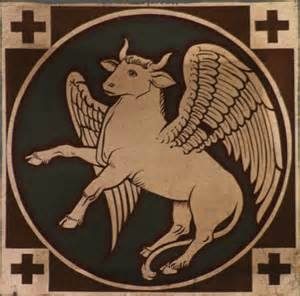
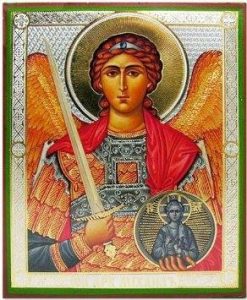 Today, is the feast day of St Michael the Archangel, and all holy angels according to the Byzantine liturgical calendar (as a point of comparison, the Latin Church in her Novus Ordo liturgy, honors St Michael on September 29).
Today, is the feast day of St Michael the Archangel, and all holy angels according to the Byzantine liturgical calendar (as a point of comparison, the Latin Church in her Novus Ordo liturgy, honors St Michael on September 29).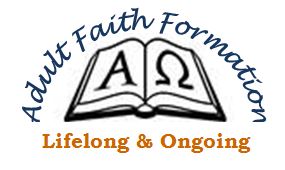 Online Faith Formation classes – Open to All!
Online Faith Formation classes – Open to All!